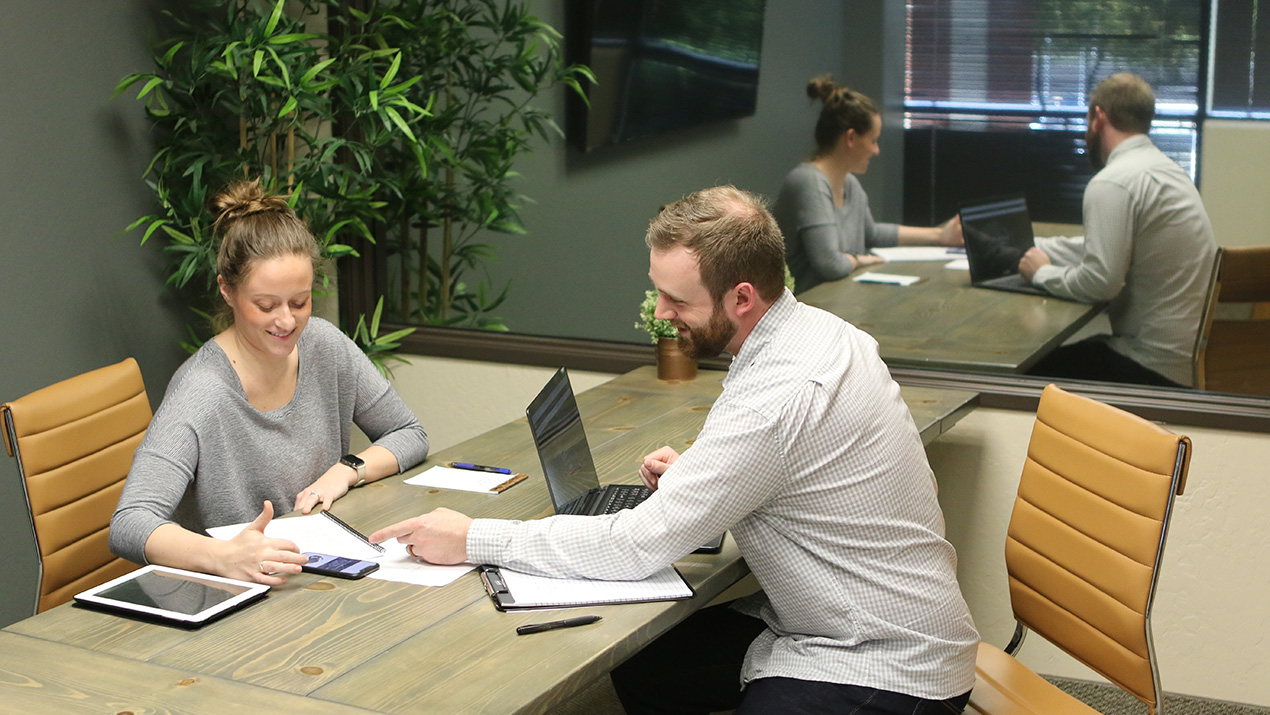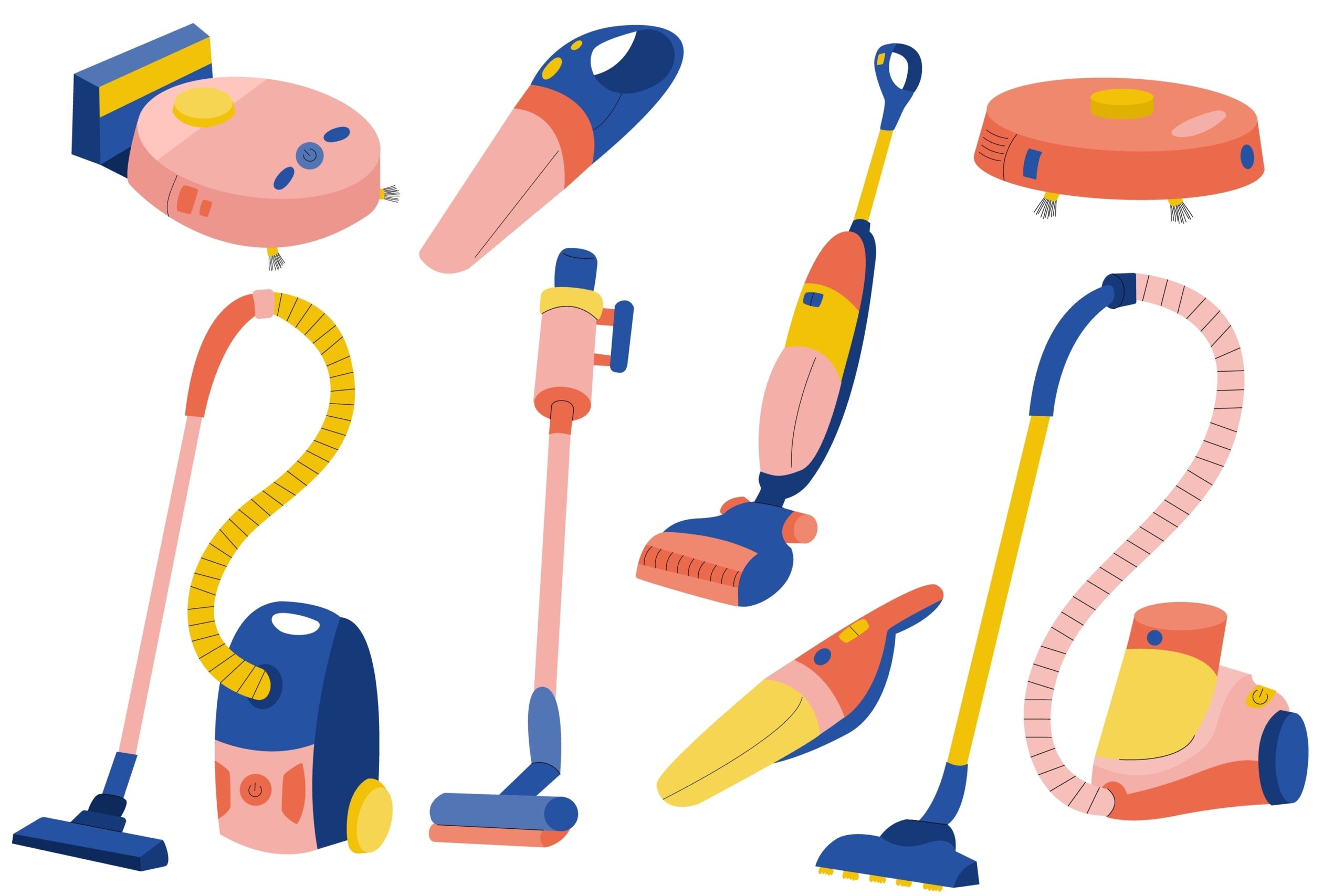In the business of making the world a more user-friendly place for people, we do our best work when we can interact with and talk to those people we represent. There are many great ways to collect data in UX, but while surveys and observation support research in their own ways, those popular methods often miss out on the crucial interaction we can get by just talking with one another. A user’s subjective insight can only be harvested if we ask for it! For this reason, we integrate usability interviews into as many projects as humanly possible.
As it turns out, however, crafting a productive discussion with users isn’t as easy as it may seem. People are very impressionable. Their opinions can be influenced by even smallest biases of the interviewer. In order to alleviate this negative effect, many resources on usability interviews will tell you that the secret to a productive discussion lies in open-ended questions. The goal is to keep the user talking– to keep the ball on their side of the court as much as you possibly can.
Instead of: “Would you use this product?”
Ask: “In which scenarios do you see yourself using this product?
Instead of: “Was that difficult for you?”
Ask: “What are your thoughts on how that worked?”
Instead of: “Would it help if…?”
Ask: “How would you change…?”
Instead of: “Did you like…?”
Ask: “What did you like most (least) about…?”
Then wait, that is key. Shut up and let them think. My personal favorite is “What else?” It’s funny, a Yes/No question will yield a Yes/No response. Imagine that. Why would you ask for something that isn’t helpful?
Questions can be phrased in such a way that encourages users to just keep talking. Avoiding leading questions like this and strategically placing awkward silences in the conversation can lead to what I call the ‘sweet spot’ of a usability interview: The content that follows the awkward pauses is an absolute gold mine for usability data. Consider this example:
**User completes a task on a new tablet app**
Moderator: “What are your thoughts on how that worked?”
User: “That was pretty good, I guess. At first I couldn’t find the home button but once I found it the task was really easy.”
Moderator: “How would you improve that?”
User: “No, I think it’s good. I wouldn’t improve it.”
**Silence**
User: “Well, I guess it would probably be better if the home button link was up here instead.”
Boom. Right there. That extra little nugget of feedback is what we live for! In this example, the moderator forces the user to keep talking not only by using open-ended questions, but also giving the user enough time to just think about it. I cannot begin to guess how many valuable insights interviewers miss out on because of time limitations or bad moderation training. The open-ended question is a marvelous strategy in conjunction with some good ole’ fashioned patience.
By keeping the conversational ball in the user’s side of the court and remaining silent at the correct times, we can understand the user’s perspective more fully. The pursuit of rich feedback in qualitative interviews takes some extra time, but in my opinion, it’s absolutely worth it. Interviews are designed to complement the more objective measures in user experience research. To accumulate valuable insights on our designs! So let’s invest in the extra few minutes required for strong moderating techniques that will allow just that.
This is just one person’s perspective on UX interviews and how to get the most out of our research participants. If you would like more tips on user interviews or would like to learn more about gathering excellent qualitative data, feel free to check out these other articles:
- 10 Pro Tips for Collecting High Quality Data
- How to get the most out of user interviews
- Interviewing Users
- Open-Ended vs. Closed-Ended Questions in User Research
- Individual Interview
Contact us to learn more about how we can assist with your human factors needs.




